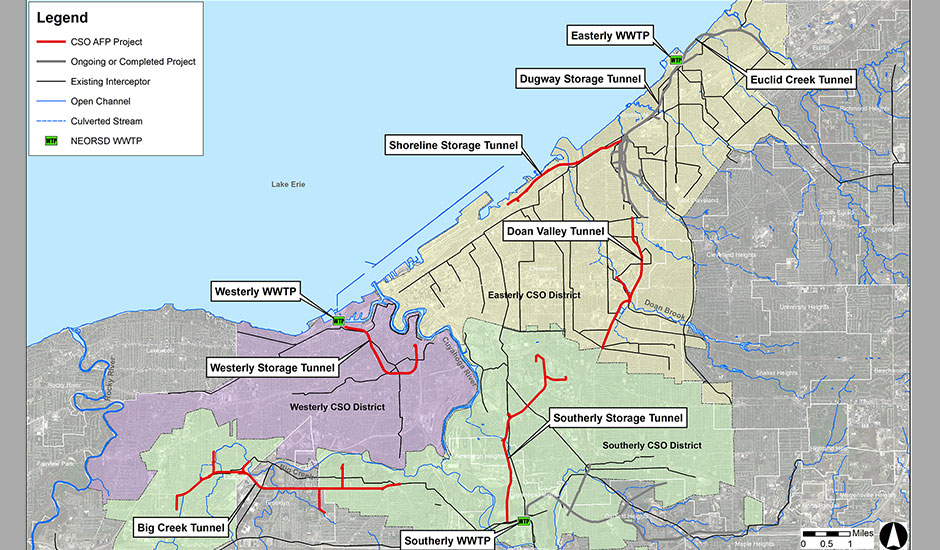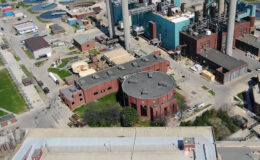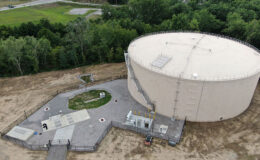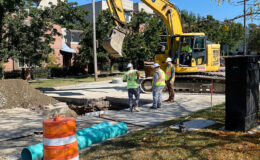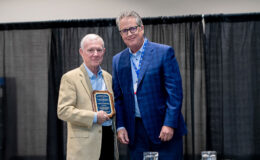Advanced facilities planning optimized $2.1 billion worth of the Northeast Ohio Regional Sewer District’s combined sewer overflow (CSO) control projects, which are required to capture and treat 98% of combined sewage flows in the Cleveland area and reduce CSOs to Lake Erie by 90%, compared to baseline levels, by 2035. Wade Trim led a team of consultants in advancing planning concepts for 5 deep storage tunnel systems and collection system improvements in 3 sewer districts to a 20% preliminary design level. This improved approach to streamline CSO program implementation reduced costs by approximately $350 million, or 16%, as well as potential risks and neighborhood disruption. The project was honored by the American Council of Engineering Companies of Ohio with a 2017 Outstanding Achievement Award.
The rock and soft ground tunnels span 19 miles to control CSOs for 81 square miles of heavily urbanized combined sewer service area. The scope and cost of proposed facilities were reduced by optimizing use of the existing interceptor system; adjusting routing to minimize disruption; minimizing construction of deep open-cut infrastructure; confirming project interrelationships, basis of designs, schedules, and costs; and identifying real estate required for critical structures. Modifications were supported by extensive sewer system flow modeling. Seven collection system models were updated and converted to InfoWorks ICM and 3D water quality, Computational Fluid Dynamics, and hydraulic transients surge modeling were performed.
The CSO Advanced Facilities Plan has set the stage for cost-effective program delivery by helping to avoid technical conflicts, schedule delays, cost increases and unacceptable risks when design and construction services are procured for proposed projects. With one of the nation’s highest levels of CSO control, NEORSD’s CSO program will help protect Lake Erie as a key freshwater resource. Projected savings are being used to help member communities implement sanitary sewer improvements that will also improve regional water quality and public health by controlling sanitary sewer overflows and basement flooding.

